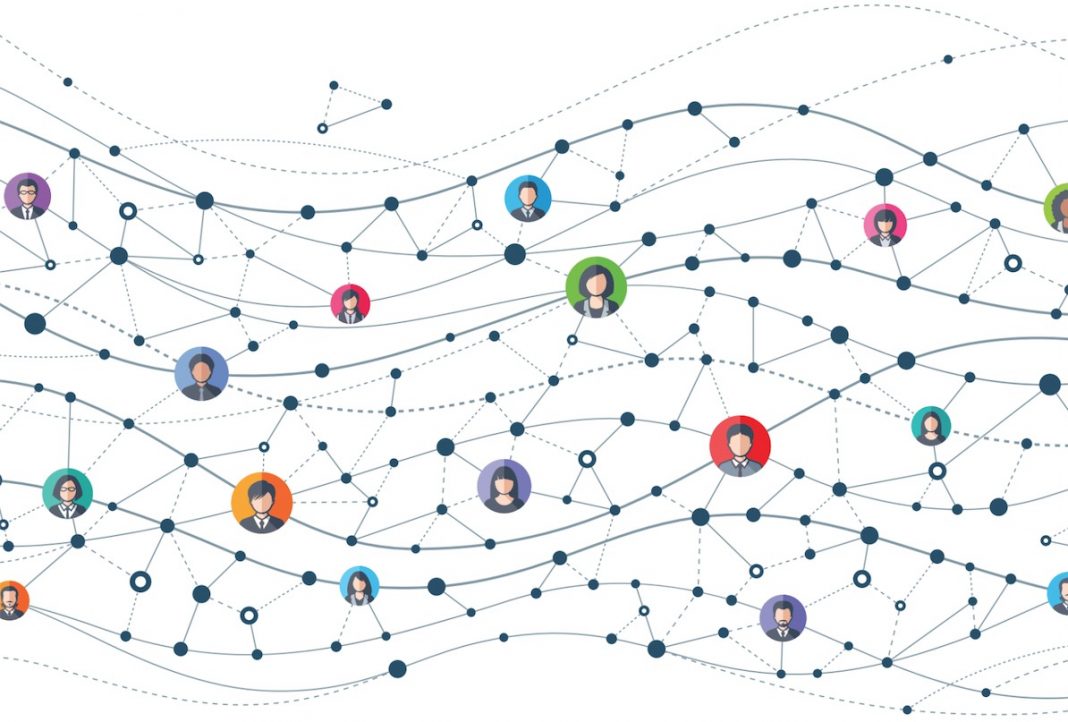The COVID-19 pandemic has impacted every American’s life in ways that could never have predicted, and the hospitality and lodging industries have been in the eye of the storm for months now. Among the biggest challenges for hospitality employers has been how to maintain a sense of community with their workers—not only with those who are still working, but especially those who were furloughed or laid off, yet still share a strong desire to stay connected to their careers within the hospitality industry.
Employers and managers are finding solutions in a number of communication tools, from more traditional modes of communication such as email, to platforms that are more technologically advanced. These tools are enabling hospitality companies to inform their team members of the latest news, guidelines, and reopening plans, while also connecting employees with management and each other to provide help and support through this difficult time.
Below are four key strategies that hospitality and lodging employers can use to help keep their furloughed or laid off employees informed and engaged.
Sharing Information
Looking back, it feels as though the pandemic came on quickly, and there was no time to delay communicating important information to staff. Even though the situation has more or less calmed down, consistent communication is critical in keeping workers who are off the job connected and informed about what’s happening within a company, what to expect when they return to work, and what sort of financial assistance or other resources are available to them now. For this type of quick dissemination, e-newsletters have been most effective.
Newsletters are also being used to share what other furloughed employees are doing with their time, whether that be advancing their education and skills or doing charitable work, such as sewing handmade masks to donate. This can help spark some creativity amongst employees or help them continue to feel connected to other team members while they are at home.
Giving Opportunities for Feedback
Aside from sharing information, employers also have to remember that communication should go two-ways, and that any effort made to help employees feel connected must include a space for them to share their thoughts, ideas, concerns, and questions.
The easiest way to find out what employees are thinking is to conduct a survey. Employee surveys can be used to find out what their biggest concerns are, how comfortable they feel returning to work, or what resources will be most helpful to them as they navigate the new normal.
Asking “Are you comfortable wearing PPE during your shift?”, “Are you comfortable working while knowing COVID-19 is still a risk?”, and other similar questions will help make sure no employee is being forced to return unless they understand and are okay with the environmental circumstances.
Many companies are also asking furloughed employees to inform them of any temporary work they may have taken on during this time, or to let them know if they have accepted a full-time position somewhere else so they know in what wave to include them—or to not include them at all—when bringing back furloughed employees.
Creating Connections
There are many ways that hoteliers can create places for connection through online communities. However, these communities aren’t just a place that employees can stay connected when they aren’t working—this network can also help provide resources for those who have encountered hard times.
CONNECT THE DOTS
Social Media as a Place for Support
Although companies should not be sharing internal information across social media, there is an opportunity for companies to leverage social media not only to stay at the forefront of their employees’ minds, but also to provide a sense of community and boost morale.
A few ways that hospitality employers can effectively use social media are to encourage donations for employee relief funds, share visual displays of employee support and appreciation, or create a specific hashtag that makes it easy for employees to find the community their company has pulled together, as well as start conversations to further support their peers.
Unfortunately, many hoteliers had to make the hard decision to let some team members go permanently due to financial reasons or a lack of work. These decisions are never easy to make, and are usually the last resort. Many employers have expressed that they still wish to support employees who were let go.
Many HR leaders are working with job boards and other companies to find new work opportunities for those employees—even if that means working closely with companies who are otherwise considered competitors.
For example, the American Hotel & Lodging Association (AHLA) brought together HR leaders from multiple hospitality companies to collaborate and share information amongst each other over a weekly council, so that leaders are able to share the most up-to-date information and opportunities to their former employees.
Prioritizing the Individual
When so much of our day-to-day lives has become virtual, it’s crucial to remember that many people might be struggling with a new normal, especially in the wake of a job loss. To that end, employers should also remember to prioritize employees on an individual level by having one-on-one conversations to give them an opportunity to share what’s on their mind without the pressure of a public forum. This is as simple as setting up check-in phone calls or video calls with Zoom or Skype. By showing a furloughed employee how much they are valued as a human and not just as a worker, employers are sending a strong message of loyalty, which increases the likelihood of employees sending that same message back.
The hospitality industry was built to be a people-focused business, and it has always been resilient because of its workers who make it that way. Although tough decisions had to be made to furlough or lay off workers to weather through this pandemic, supporting those team members through open communication will help them feel supported and welcomed as companies are able to bring employees back to work.












